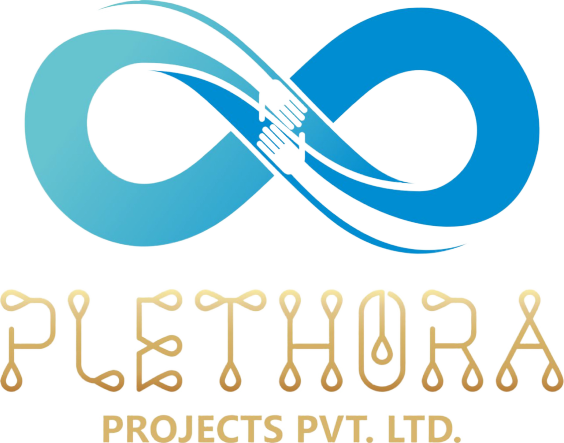
Statement of need for building.
Although the statement of need is likely to take the form of a report, information and requirements should, whenever possible, be organised in a database or spreadsheet that can be easily expanded and used to determine whether proposals meet requirements later on in the project.
- a description of the potential project’s underlying business need.
- an evaluation of how it will support the business strategy.
- An examination of the top choices (such as do something, do nothing, new build, extend, refurbish, relocate, change the way the organisation works, etc.).
- a description of the client’s nature and its background.
- a description of the operations of the client.
- Information on current facilities and possible future requirements
Concept Development.
The way that architects respond to the design situation that is given to them is through architectural concepts. Which problems our architecture will address will depend on the questions we pose. The practical limitations must first be understood before a concept can be developed. The design process doesn’t start until all the project’s requirements have been gathered and accessed.
There are three main types of information in this.
1. Site-specific data include the following: local climate, predominant winds, sun movement, vegetation, building context, history, opportunities, bye laws, and zoning
2. Information obtained from the client, such as programme, agenda, and briefs. What architects refer to as the “programme” is determined by the client and the building as a whole.
3. Building Typology: What kind of building it is, what kinds of problems has it solved in the past, etc.
Detailed Design.
A stage where the design is refined and plans are made is called detailed design, which incorporates and develops the conceptual design that has been given approval. The blueprints, which are the detailed physical description of every component of the structure and how it fits together, are the end result of the detailed design process. Based on the physical specifications of the building and knowledge of the structural performance, materials, and geometries employed, it also entails investigating the stability, strength, and rigidity of the structure to be built. As a result, the construction phase is based on the detailed design. At this point, a suitable cost reduction for the entire project can be made. Furthermore, the detailed design must guarantee that the design solution satisfies the project’s goals. The project’s economic viability must be confirmed at the conclusion of the final design phase.
Working drawings and specifications.
The main working documents a contractor uses to bid on and complete a project are working drawings and specifications. Specifications are the written documents that accompany construction documents and list the components and how they should be installed. They are composed of precisely written documentation that describes a project to be built, completing drawings and serving as part of the contract. They describe the qualities of materials, their methods of manufacture and installation into the project, workmanship, and mode of construction, as well as other information not shown in the drawings, such as a description of the finished product. Because it requires switching gears and using written documents as an alternative to drawings to express design content, many designers find it challenging to create a competent set of standard building specifications. Additionally, it forces the designer into the technical world of materials that they might not be familiar with or deal with every day.


